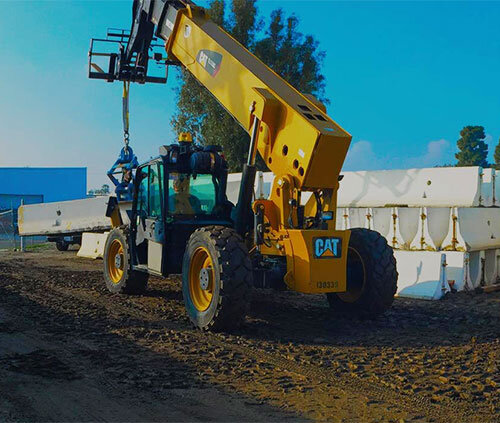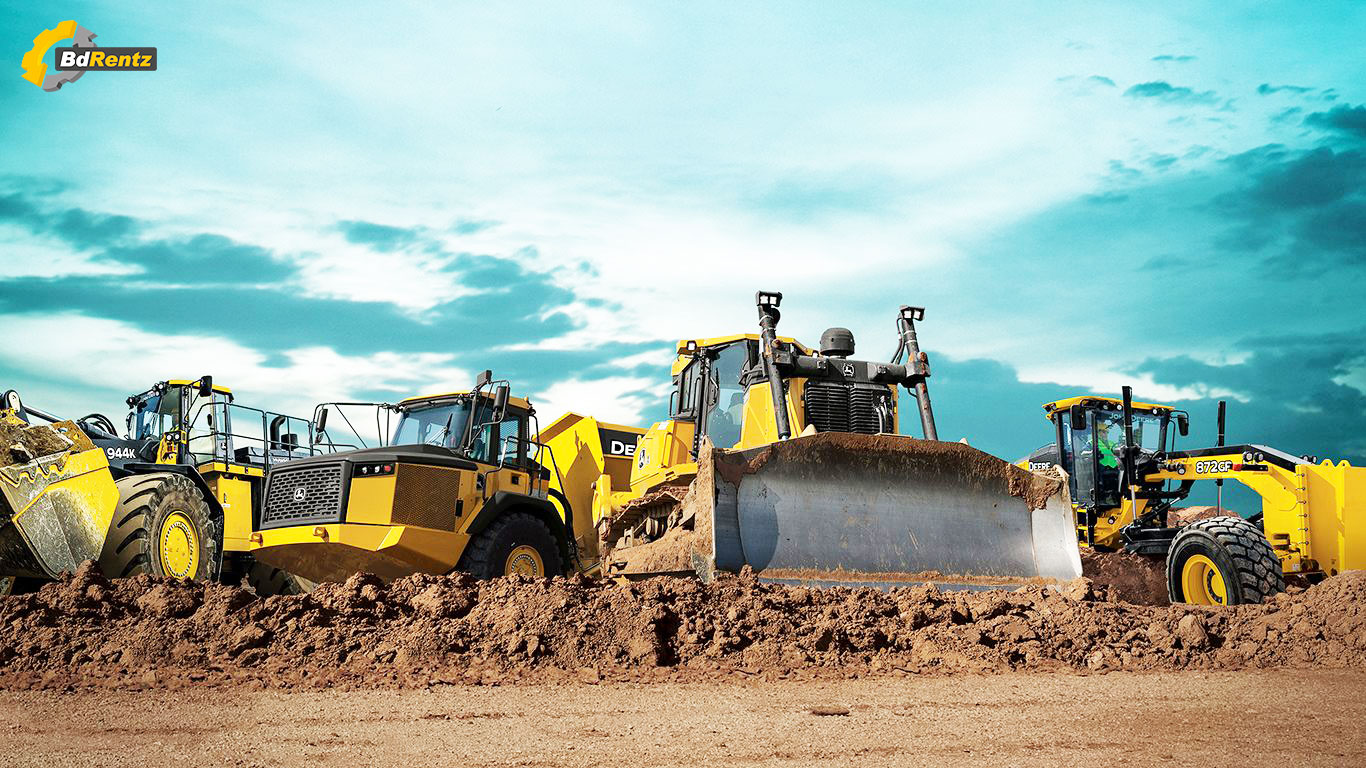Optimize Your Spending Plan by Understanding the Prices Connected With Construction Tools Leasings
Understanding the full extent of costs linked with building tools rentals is vital for maximizing your budget plan. What strategies can be utilized to properly manage these costs and make certain a much more effective rental experience?
Introduction of Rental Costs
When considering building and construction devices rentals, recognizing the connected costs is vital for effective budgeting and job preparation. Rental expenses can differ considerably based upon numerous factors, including devices kind, duration of service, and place. The preliminary rental cost usually shows the equipment's market need and its associated functional capabilities, influencing the general expenditure.
Along with the base rental price, secondary prices may occur, such as transport fees, gas surcharges, and upkeep fees. It is vital to make up these additional expenditures to accurately assess the complete expense of renting equipment. Moreover, the rental period can affect prices; longer services may get discounted rates, while temporary rentals may incur greater daily charges.

Breakdown of Rental Rates
A detailed understanding of rental rates is crucial for contractors and project managers intending to enhance their budgets. Rental prices for building and construction equipment normally include several parts, consisting of base rates, time-based fees, and use charges.
Base rates are the core fees associated with the service of the equipment, usually identified by the kind and size of the machinery. These rates can differ significantly, affected by factors such as tools need, availability, and local market trends. Time-based costs, which might be daily, weekly, or monthly, offer to accommodate various project timelines and rental durations.
In addition, rental prices might consist of usage costs, which are relevant when equipment is used past a specified threshold, making sure that the rental company can make up damage. Seasonal need fluctuations can also affect rental rates, with peak building and construction seasons typically regulating greater costs.
Moreover, recognizing the rental company's policies regarding maintenance and insurance can offer additional understanding right into the general cost structure. By examining these components, contractors can make informed choices, guaranteeing the selection of rental devices aligns with both project requirements and budget plan restraints.
Additional Charges to Take Into Consideration
Recognizing the complexities of added charges is crucial for specialists to manage their total rental costs successfully. Past the conventional rental rates, various auxiliary charges can substantially affect the overall price of equipment rental. These charges frequently include distribution and pick-up charges, which can differ based upon range and logistics involved in carrying the tools to and from the task website.
In addition, some rental companies might impose gas surcharges if the devices is returned with less gas than when rented. It is additionally necessary to recognize prospective cleansing charges, particularly for specialized equipment that requires thorough upkeep after use.

Completely examining the rental contract and clearing up these added charges ahead of time can aid contractors make certain and stay clear of unforeseen prices that budgets remain intact throughout the project lifecycle.
Maintenance and Repair Service Expenses
Routine upkeep and repair service expenses are typically overlooked aspects that can significantly affect the general price of construction tools site web rentals. When renting out devices, it is vital to think about not just the rental costs yet likewise the potential prices related to keeping the equipment in ideal operating problem.
Numerous rental companies include standard maintenance as part of the rental arrangement; however, extra unforeseen failures or extensive fixings can lead to extra costs. It's vital to assess the rental contract very carefully to understand what upkeep services are covered and what responsibilities fall on the renter.
Additionally, devices that is not properly maintained can result in inadequacies at work site, possibly triggering hold-ups and raising project prices. To reduce these threats, it is suggested to carry out routine assessments and keep open interaction with the rental copyright relating to any problems that develop throughout usage.
Insurance Coverage and Responsibility Expenses
Insurance coverage and obligation expenses are important parts that can substantially impact the general cost of building and construction devices rentals (dozer rental). These expenses ensure that both the rental company and the customer are protected from prospective economic losses emerging Related Site from crashes, damage, or theft throughout the rental duration

In addition, customers must be conscious of any type of deductibles or exclusions in the insurance plan, as these can impact prospective out-of-pocket costs. Recognizing the terms and conditions of any kind of insurance policy coverage is essential to avoid unexpected prices. Inevitably, budgeting for insurance and liability expenses can help make certain a smoother rental experience and protect against monetary risks related to building jobs.
Conclusion
In conclusion, an extensive understanding of the costs connected with construction equipment leasings is vital for reliable budget management. Inevitably, notified decision-making pertaining to equipment rentals adds to the overall success of building undertakings.
Rental prices can differ dramatically based on a number of variables, consisting of tools type, period of leasing, and location (boom lift rental). The rental duration can impact prices; longer services might qualify for discounted rates, while temporary leasings might incur greater everyday fees
By carrying out thorough study and engaging with reliable rental firms, specialists can efficiently browse the complexities of rental prices, inevitably optimizing their financial sources.
Past the typical rental rates, various supplemental fees can considerably affect the overall price of equipment leasing. Rental firms often provide liability insurance coverage that covers injuries to 3rd parties or damage to home, while devices damage insurance policy can cover the expense of repair services or replacement if the leased devices is damaged.
Comments on “Heavy Equipment Rental: Big Machinery for Any Type Of Construction Project”